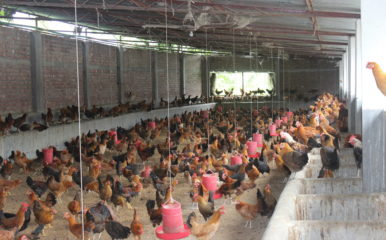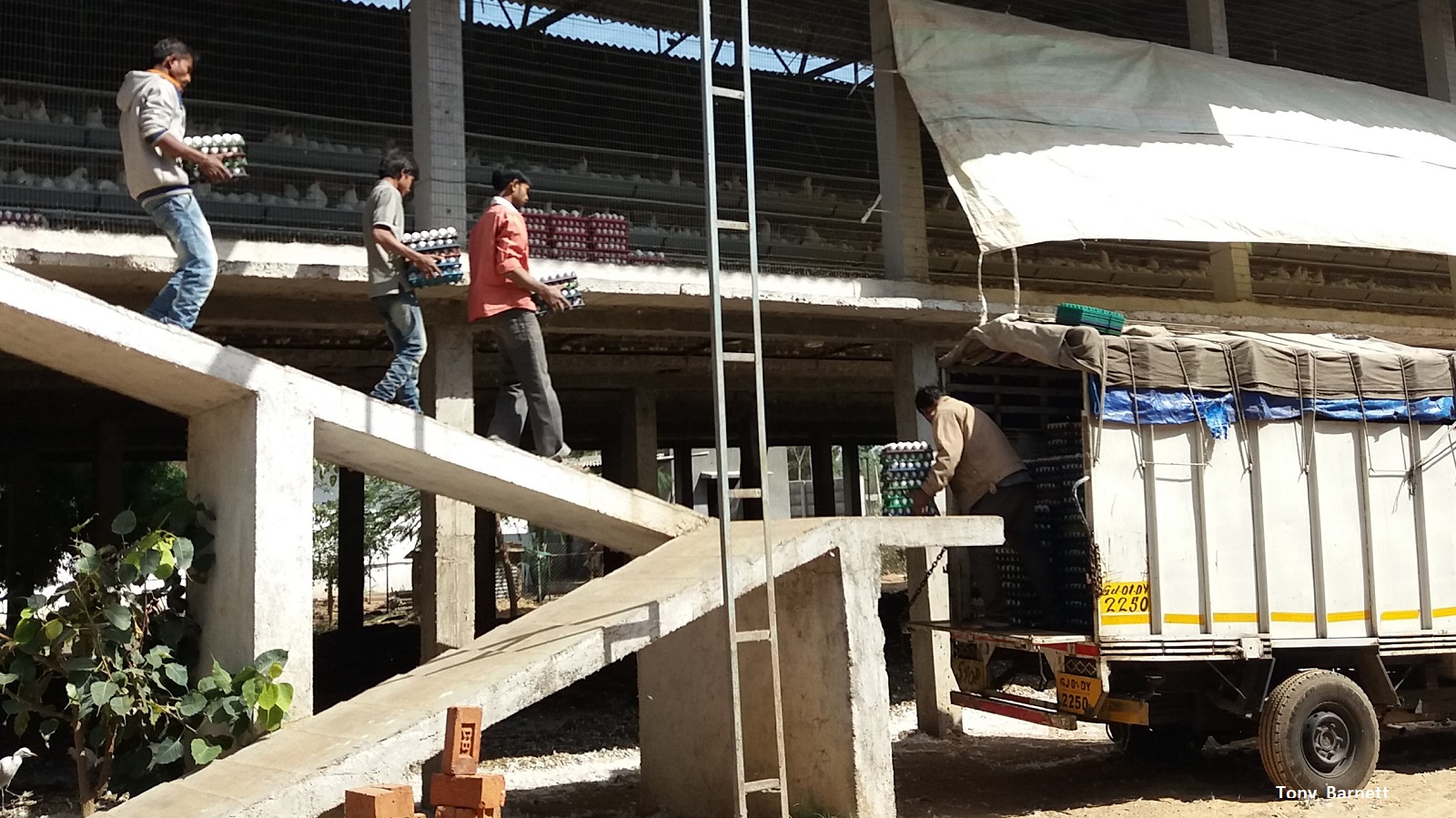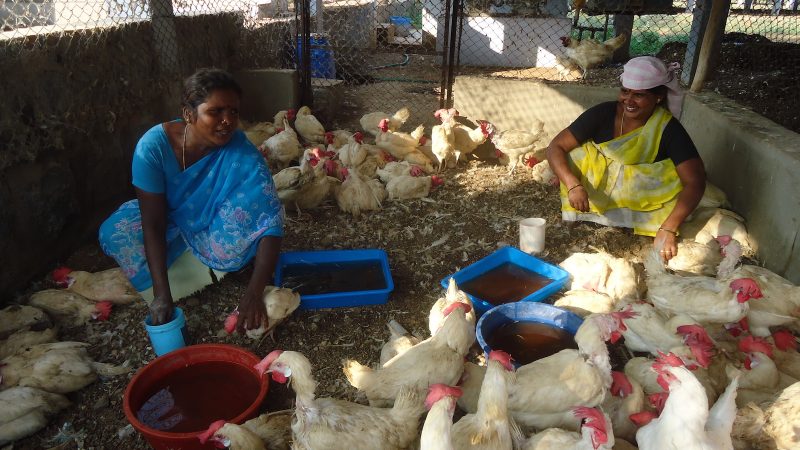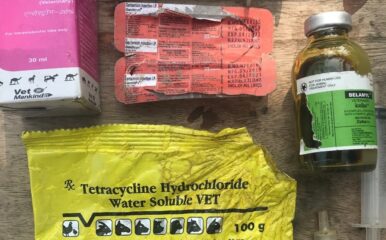
Poultry in India
India has a self-reliant, technology-driven poultry industry. It has undergone a major shift over the past two decades, being transformed from a backyard activity into a major industry with a large number of integrated players.

India can now produce all the essential inputs for successful poultry farming, and today a highly organised commercial sector accounts for some 80% of total market share. The unorganised (backyard) sector accounts for the remaining 20%, providing an important food and extra income source for the poorest of the port.
Poultry production
The poultry sector in India was valued at INR 1,750bn (US$25.4bn) in 2018. It employs more than 6 million people either directly or indirectly, with small and medium farmers mostly engaged in contract farming system under larger integrators.
Both broiler and layer industries are best established in India’s southern states. Farms varies significantly in size from just 200 birds to more than 50,000 birds.
Urbanisation
Three-quarters of India’s poultry produce is consumed by the one quarter of its population living in urban and semi-urban areas. Urbanisation and higher levels of disposable incomes have been key drivers of poultry industry expansion.
Changing food habits are also seeing Indians increasingly converting to a non-vegetarian diet, with poultry meat considered more hygienic than other meats.
A rising demand for Indian poultry produce in the export market is another driver of industry growth.
Disease risk
However, India faces big challenges ahead to accommodate safely the further growth expected. These include the low availability of adequate infrastructural facilities and inadequately developed linkages between R&D, labs and industry.
Importantly, increasing levels of intensification have also resulted in increased risk of zoonotic diseases such as avian influenza and food poisoning. A lack of general awareness of hygienic practices exacerbates this disease risk.
Antimicrobial resistance
Indiscriminate use of antimicrobials in livestock and poultry production is a main contributing source of antimicrobial resistance and the growth of the poultry sector in India is likely to exaggerate this. Poultry flocks, especially broilers, are often raised under intensive conditions using large doses of antimicrobials as preventive or curative medicines, as well as to promote growth.
Pathogens evolved via this route may have antimicrobial resistance and can serve as a potential threat resulting in treatment failure, economic losses, and as a source of resistant bacteria/genes (including zoonotic diseases) that may represent a risk to human health
Poverty alleviation
Despite the massive commercialisation in recent years, around 36 million farmers remain involved in backyard poultry production in India. Backyard poultry continue to play a key role in supplementary income generation and family nutrition for the poorest.

In addition, as large commercial poultry production is concentrated in urban and peri-urban areas, free-range and small-scale, semi-commercial backyard poultry production in rural areas can be a powerful tool for rural poverty alleviation.


